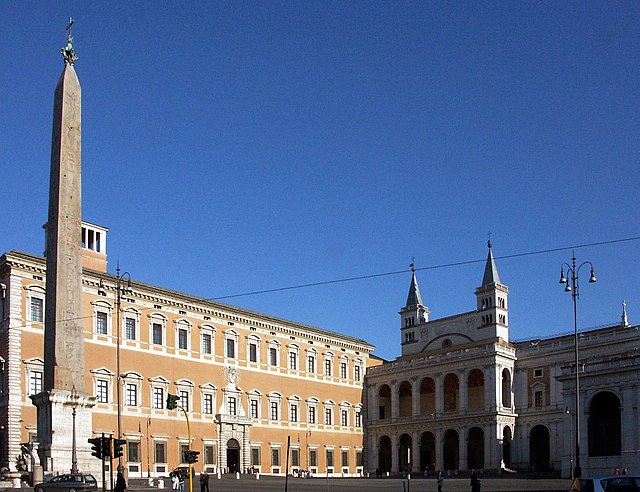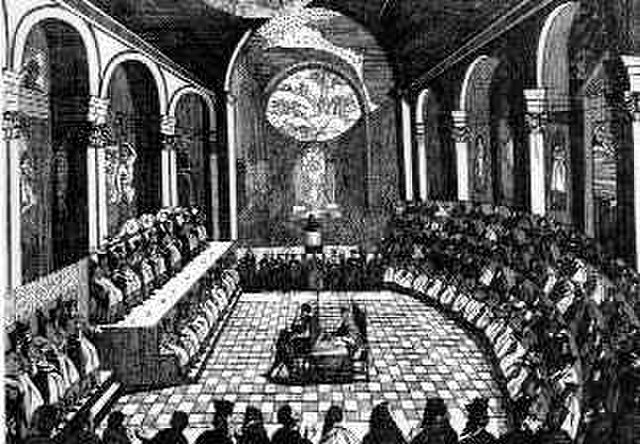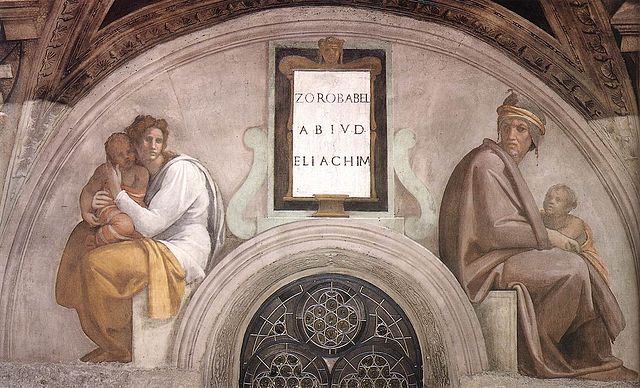The Lateran Palace, formally the Apostolic Palace of the Lateran, is an ancient palace of the Roman Empire and later the main papal residence in southeast Rome.
St. John in Lateran square with the Lateran Palace (left) and the Archbasilica of Saint John Lateran (right) and the Obelisk of Thutmosis III in front
Plan of the Lateran church palace before the 1580s interventions of Pope Sixtus V
Copy of the Byzantine mosaics that used to be on the apse of the Leonian Triclinium, one of the main halls of the ancient Lateran palace
Base of obelisk with citation of Emperor Constantine I
The pope, also known as the supreme pontiff, Roman pontiff or sovereign pontiff, is the bishop of Rome, visible head of the worldwide Catholic Church, and has also served as the head of state or sovereign of the Papal States and later the Vatican City State since the eighth century. From a Catholic viewpoint, the primacy of the bishop of Rome is largely derived from his role as the apostolic successor to Saint Peter, to whom primacy was conferred by Jesus, who gave Peter the Keys of Heaven and the powers of "binding and loosing", naming him as the "rock" upon which the Church would be built. The current pope is Francis, who was elected on 13 March 2013.
Pope Francis in 2021
Gregory the Great (c. 540–604), in a painting by Carlo Saraceni, c. 1610, Rome.
As part of the Catholic Reformation, Pope Paul III (1534–1549) initiated the Council of Trent (1545–1563), which established the triumph of the papacy over those who sought to reconcile with Protestants or oppose papal claims.
A fresco of Eliakim in Sistine Chapel, Vatican City








